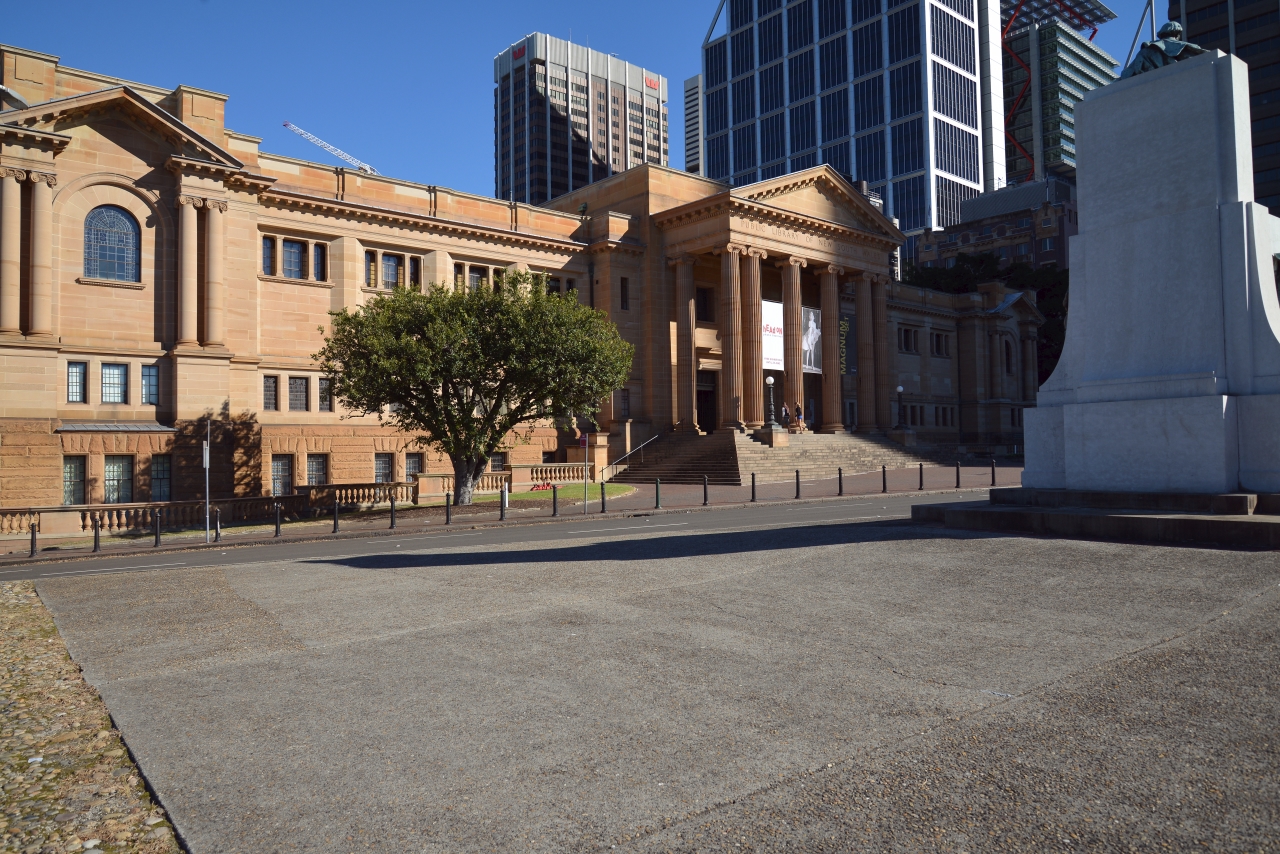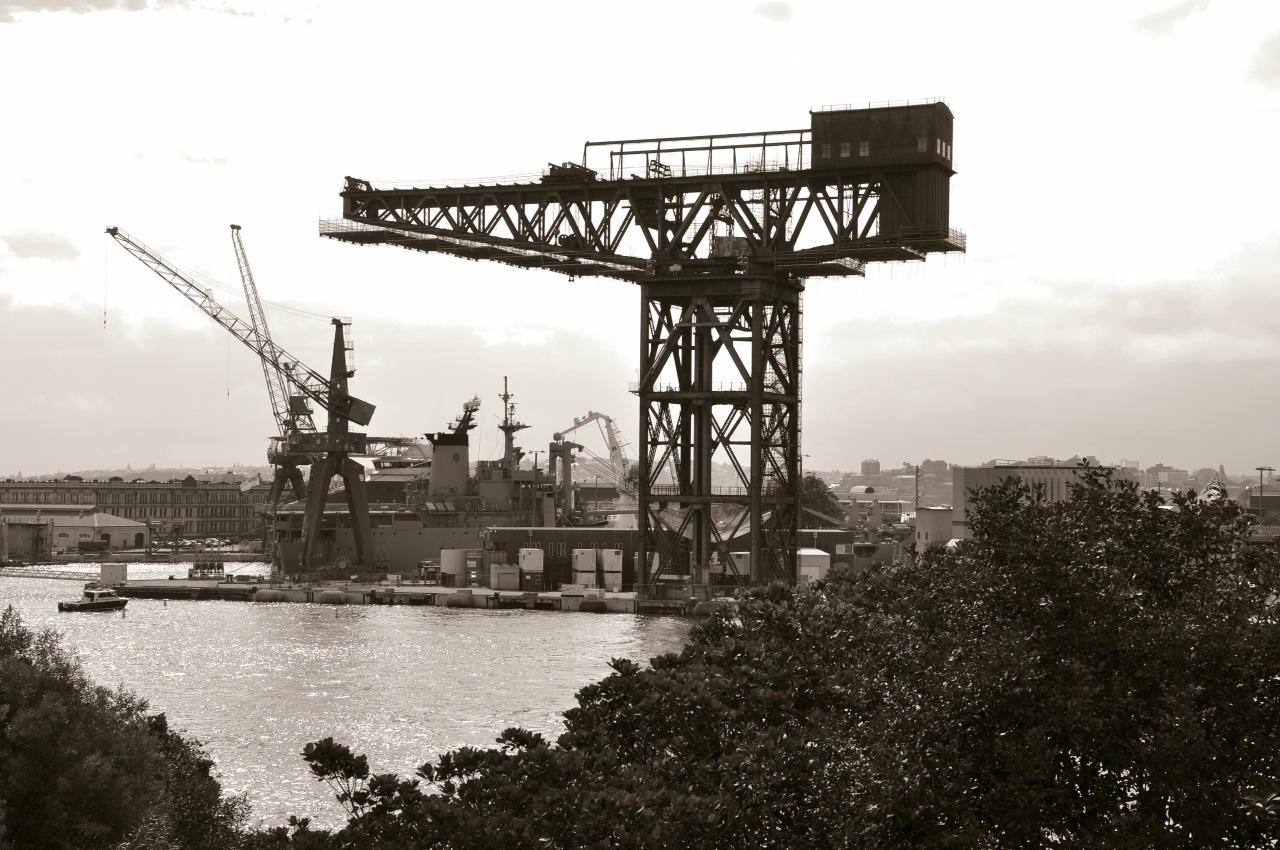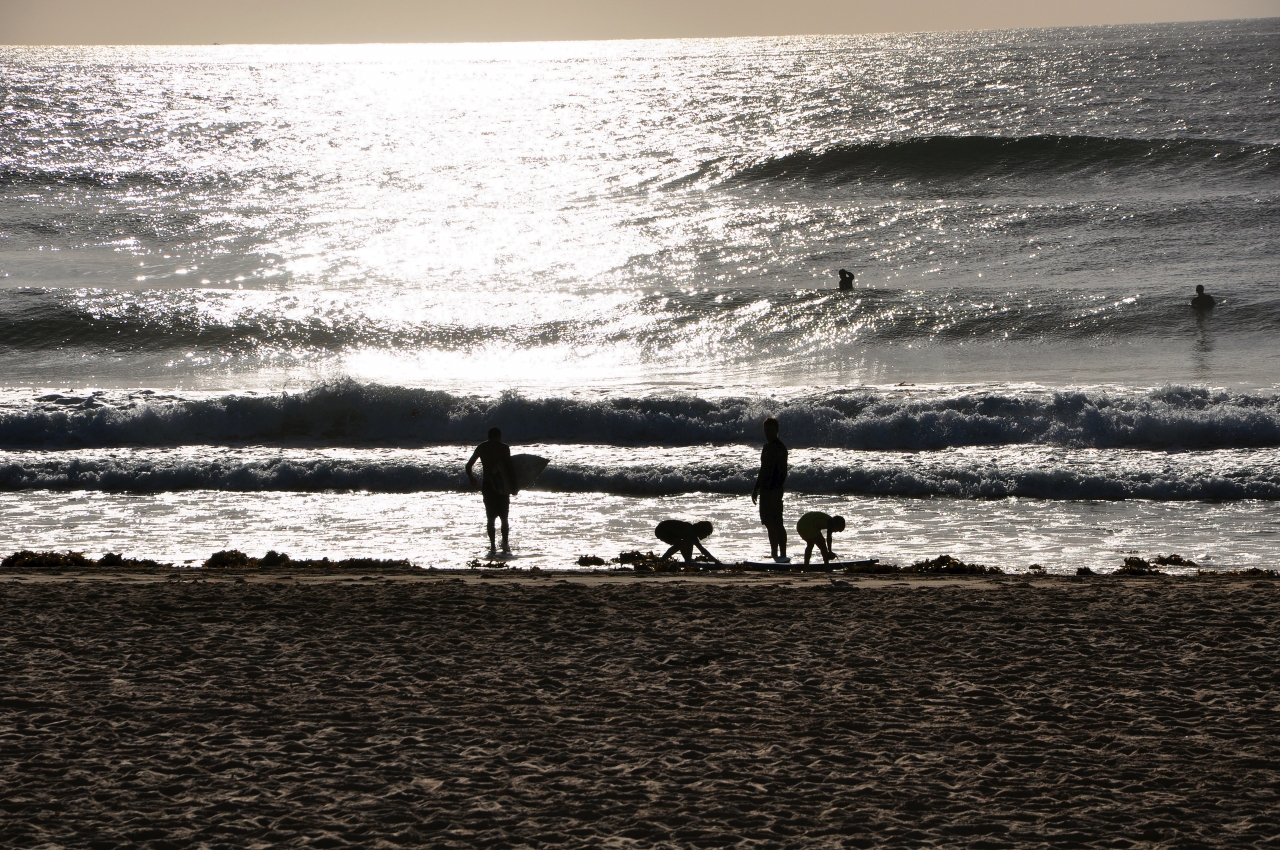Prologue
The Sydney Light Rail system, a beacon of Sydney’s dedication to public transit, serves the bustling city of Sydney, New South Wales, Australia. With its three passenger routes – the L1 Dulwich Hill, L2 Randwick, and L3 Kingsford lines, it proudly stands as Australia’s second-largest light rail network, only surpassed by Melbourne’s tram network.
The Sydney Light Rail system, a beacon of Sydney’s dedication to public transit, serves the bustling city of Sydney, New South Wales, Australia. With its three passenger routes – the L1 Dulwich Hill, L2 Randwick, and L3 Kingsford lines, it proudly stands as Australia’s second-largest light rail network, only surpassed by Melbourne’s tram network.
Genesis
In the 19th and early 20th centuries, Sydney saw the rise of an expansive tram network, which became the second largest in the Southern Hemisphere and the Commonwealth, trailing only behind London. However, the surge in private car ownership, the belief that trams exacerbated traffic congestion, and the deteriorating state of the network due to post-World War II funding shortages led to a gradual shift from trams to buses. The last vestige of the tram network ceased operations on 25 February 1961.
In the 19th and early 20th centuries, Sydney saw the rise of an expansive tram network, which became the second largest in the Southern Hemisphere and the Commonwealth, trailing only behind London. However, the surge in private car ownership, the belief that trams exacerbated traffic congestion, and the deteriorating state of the network due to post-World War II funding shortages led to a gradual shift from trams to buses. The last vestige of the tram network ceased operations on 25 February 1961.
Renaissance and Growth
The year 1997 marked a turning point when a line was built to connect Haymarket and Pyrmont to Central Railway Station, heralding the rebirth of the Sydney Light Rail. The network commenced operations on 31 August 1997, with a route between Central Station and Wentworth Park, Pyrmont. The private owner soon proposed a western extension along the unused goods line and a new line through the central business district from Central to Circular Quay.
In the 2022/23 Financial Year, the network witnessed 32.52 million passenger journeys, translating to over 89,000 daily passenger journeys.
The year 1997 marked a turning point when a line was built to connect Haymarket and Pyrmont to Central Railway Station, heralding the rebirth of the Sydney Light Rail. The network commenced operations on 31 August 1997, with a route between Central Station and Wentworth Park, Pyrmont. The private owner soon proposed a western extension along the unused goods line and a new line through the central business district from Central to Circular Quay.
In the 2022/23 Financial Year, the network witnessed 32.52 million passenger journeys, translating to over 89,000 daily passenger journeys.
City Transformation
The Sydney Light Rail system has left an indelible mark on the city. It has played a pivotal role in reducing congestion, which is estimated to drain around $5.1 billion from the economy annually. The light rail system has also breathed new life into the city, making it a more appealing, lively, and interconnected place to live, work, and visit.
However, the system has not been immune to criticism. A year after the new light rail began operations, the reviews were less than stellar. In 2013, the light rail was projected to accommodate 86,000 passengers a day, but this number has plummeted to about 14,000 – a staggering 84 per cent below expectations.
The Sydney Light Rail system has left an indelible mark on the city. It has played a pivotal role in reducing congestion, which is estimated to drain around $5.1 billion from the economy annually. The light rail system has also breathed new life into the city, making it a more appealing, lively, and interconnected place to live, work, and visit.
However, the system has not been immune to criticism. A year after the new light rail began operations, the reviews were less than stellar. In 2013, the light rail was projected to accommodate 86,000 passengers a day, but this number has plummeted to about 14,000 – a staggering 84 per cent below expectations.
Looking Ahead
A fourth line, the 12 km Parramatta Light Rail in Sydney’s west, is currently under construction and is slated to open in May 2024. The network is managed by Transport for NSW, with Transdev handling day-to-day operations.
The NSW Government has unveiled a plan, “Sydney’s Light Rail Future”, aimed at reducing congestion and rejuvenating Sydney. This plan encompasses service integration and enhancements, modernizing and extending the existing network with the Inner West Light Rail extension, introducing a new CBD and South East light rail service, and conducting long-term investigations.
A fourth line, the 12 km Parramatta Light Rail in Sydney’s west, is currently under construction and is slated to open in May 2024. The network is managed by Transport for NSW, with Transdev handling day-to-day operations.
The NSW Government has unveiled a plan, “Sydney’s Light Rail Future”, aimed at reducing congestion and rejuvenating Sydney. This plan encompasses service integration and enhancements, modernizing and extending the existing network with the Inner West Light Rail extension, introducing a new CBD and South East light rail service, and conducting long-term investigations.
Epilogue
The Sydney Light Rail system exemplifies how cities can adapt and evolve their public transportation networks to cater to the dynamic needs of their inhabitants. As Sydney continues to flourish and expand, the light rail network will undoubtedly remain a key component of the city’s transportation infrastructure. Despite the challenges and criticisms, the system’s role in alleviating congestion and revitalizing the city is undeniable. The planned future developments for the system demonstrate a commitment to enhancing and expanding the network, heralding a promising future for public transportation in Sydney.
The Sydney Light Rail system exemplifies how cities can adapt and evolve their public transportation networks to cater to the dynamic needs of their inhabitants. As Sydney continues to flourish and expand, the light rail network will undoubtedly remain a key component of the city’s transportation infrastructure. Despite the challenges and criticisms, the system’s role in alleviating congestion and revitalizing the city is undeniable. The planned future developments for the system demonstrate a commitment to enhancing and expanding the network, heralding a promising future for public transportation in Sydney.
Join the Conversation
Join the Conversation
We invite you to share your experiences and stories about the Sydney Light Rail system. Your insights and anecdotes could help paint a richer picture of the system’s impact on the city and its residents. So, feel free to leave a comment below and join the conversation by telling your stories, ideas and more. Your voice matters!
#Tags: #SydneyLightRail #PublicTransportation #Sydney #LightRail #TramNetwork #Congestion #Revitalization #ParramattaLightRail #TransportForNSW #SydneysLightRailFuture #JoinTheConversation
We invite you to share your experiences and stories about the Sydney Light Rail system. Your insights and anecdotes could help paint a richer picture of the system’s impact on the city and its residents. So, feel free to leave a comment below and join the conversation by telling your stories, ideas and more. Your voice matters!
#Tags: #SydneyLightRail #PublicTransportation #Sydney #LightRail #TramNetwork #Congestion #Revitalization #ParramattaLightRail #TransportForNSW #SydneysLightRailFuture #JoinTheConversation





Leave a Reply